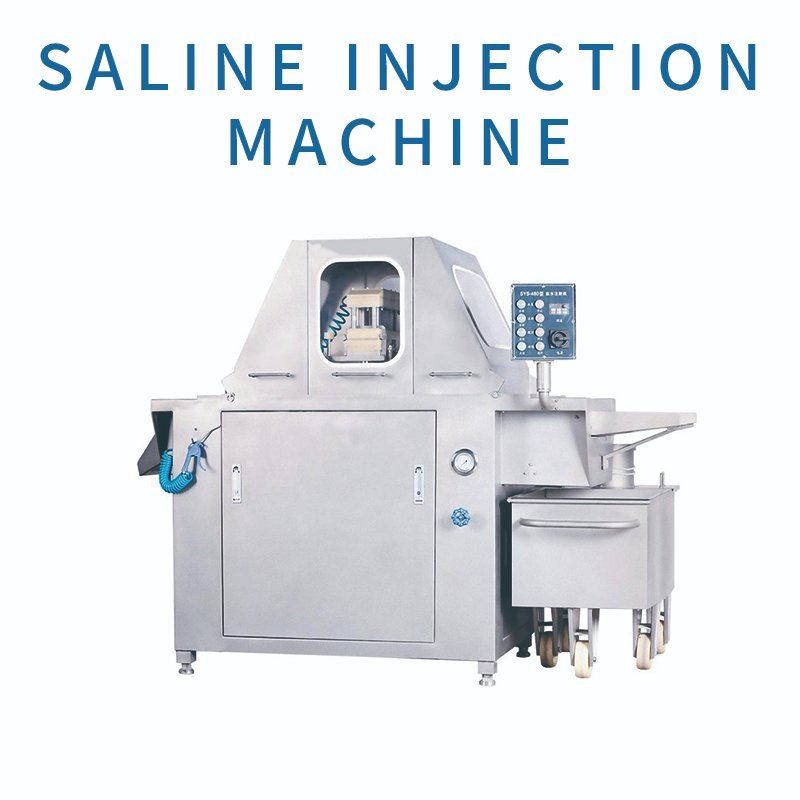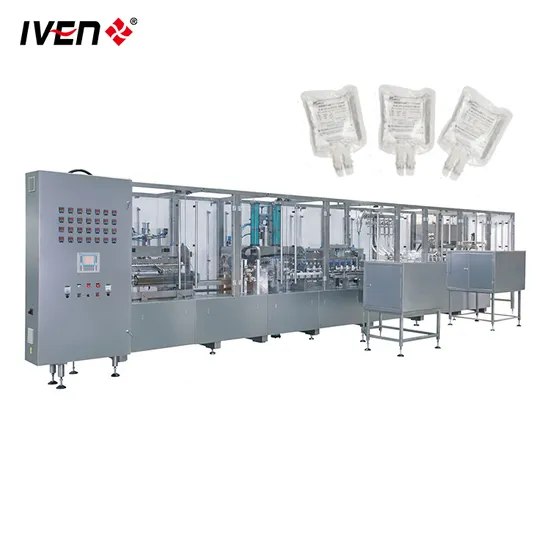10 years of experience as a food machinery equipment manufacturer
10 years of experience as a food machinery equipment manufacturer
The food processing industry continually seeks innovations to enhance product quality, improve efficiency, and meet evolving consumer demands. One critical process, particularly in meat, poultry, and fish preparation, is saline or brine injection. This technique involves introducing a solution – typically containing salt, phosphates, flavorings, and other functional ingredients – into the muscle tissue. Historically, this might have been a manual or semi-automated process, but modern food production facilities increasingly rely on sophisticated machinery. Among these, automatic saline injection machines have become indispensable, and manufacturers in various regions, including China, contribute significantly to their availability and technological development.

An automatic saline injection machine is a specialized piece of food processing equipment designed to inject a precisely controlled amount of liquid solution (brine or marinade) into food products. The primary purpose is to enhance various attributes of the final product. These improvements can include:
The core components of a typical automatic saline injection machine include a conveyor system that transports the product through the injection zone, a set of needles (often multiple, arranged in a specific pattern) that penetrate the product, a pump system that delivers the brine at a controlled pressure and volume, and a sophisticated control panel, frequently featuring a Programmable Logic Controller (PLC) for managing the injection parameters. The process is designed to be continuous and highly efficient, suitable for large-scale industrial operations.
The global landscape for manufacturing industrial equipment, including food processing machinery, has seen significant shifts over recent decades. China, in particular, has emerged as a major manufacturing hub, transitioning from primarily producing consumer goods to developing and exporting complex industrial machinery. This evolution is also evident in the food processing equipment sector, where Chinese manufacturers now offer a wide array of machines, including automatic saline injectors.
Several factors have contributed to this development. Investment in research and development, coupled with a large and dynamic domestic market that demands advanced processing solutions, has spurred innovation. Furthermore, Chinese manufacturers have increasingly focused on adopting international quality standards and incorporating advanced technologies into their products. The scale of manufacturing in China often allows for competitive pricing, making advanced food processing technology more accessible to a broader range of businesses globally. This increased accessibility can play a role in modernizing food production facilities in various parts of the world.
Automatic saline injection machines manufactured in China often incorporate a range of features and technologies aimed at optimizing performance, hygiene, and operational efficiency. While specifications vary between models and manufacturers, several common technological aspects are frequently highlighted:
Precision Injection Systems: Critical for performance, these systems aim for uniform and accurate brine delivery through features like adjustable injection pressure and flow rates, multiple fine-diameter needles designed for even distribution, and control over injection depth and active needles for product versatility.
Material and Construction Standards: In line with food safety and industry best practices, SUS304 stainless steel is commonly used for main components due to its corrosion resistance and ease of cleaning. Some models may utilize SUS316 for enhanced durability with corrosive brines.
Advanced Automation and Control: Many units feature sophisticated control systems, often with Programmable Logic Controllers (PLCs) and user-friendly touch-screen interfaces (HMIs). These allow operators to set recipes, monitor parameters, receive diagnostics, and adjust injection patterns.
Efficiency and Throughput: Designed for industrial use, these machines generally offer high throughput with adjustable conveyor speeds and optimized needle arrangements to process significant product volumes per hour, boosting plant efficiency.
Hygiene and Safety Design: Ease of cleaning is vital. Machines are often designed with smooth surfaces, detachable components, and integrated cleaning protocols. Standard safety features include emergency stops and protective covers.

Versatility in Application: Manufacturers aim for machines capable of handling diverse products, including bone-in and boneless meats (pork, beef, lamb), poultry (whole birds, parts), and fish. Adjustable parameters and filtration systems accommodate various product densities and marinades with particulates.
When considering the acquisition of an automatic saline injection machine, irrespective of its country of origin, several key factors should be thoroughly evaluated to ensure the equipment meets specific production needs and quality standards. These considerations are crucial for maximizing return on investment and ensuring long-term operational success.
The adoption of automatic saline injection machines has had a considerable impact on the food processing industry. These machines contribute significantly to several key areas of improvement and innovation.
Product Standardization and Quality Consistency: Automation minimizes human error, leading to more consistent product quality. Precise control over brine injection ensures each product meets specifications for flavor, tenderness, and moisture content, crucial for brand reputation.
Increased Production Efficiency and Reduced Labor Costs: Automatic injectors process large product volumes rapidly, boosting efficiency and reducing manual labor needs, thereby lowering labor costs.
Optimized Raw Material Usage and Yield Improvement: Precise injection control optimizes the use of brine ingredients. Controlled moisture addition can improve product yield, offering economic benefits.
Enhanced Food Safety: Well-designed machines from food-grade materials with easy-to-clean features contribute to better hygiene. Reduced manual handling also minimizes cross-contamination risks.
Support for Product Innovation: The ability to inject various marinades and solutions allows processors to develop new products with unique flavors and textures, responding to consumer preferences for value-added items.
The availability of such advanced processing equipment from diverse manufacturing regions, including China, has made this technology more accessible to a wider range of food businesses. This accessibility fosters broader adoption of modern processing techniques, contributing to the overall advancement of the food industry.
Automatic saline injection machines represent a cornerstone technology in modern meat, poultry, and fish processing. Their ability to enhance product characteristics such as flavor, tenderness, and yield, while simultaneously improving production efficiency and consistency, makes them invaluable assets for food manufacturers striving for quality and competitiveness.

The global market for such equipment is diverse, with manufacturers from various countries, including China, playing a significant role in supplying these advanced systems. Chinese-made saline injectors often reflect the country’s broader manufacturing strengths, incorporating contemporary control technologies, robust construction, and designs aimed at operational efficiency. As with any significant capital investment, thorough due diligence is paramount. Prospective buyers should carefully evaluate their specific processing needs, compare technical specifications, consider build quality, and assess the level of support available from suppliers.
The continued evolution of food processing technology, driven by demands for higher quality, greater efficiency, and enhanced food safety, suggests that automatic saline injection machines will continue to advance. Innovations in sensor technology, data analytics, and automation are likely to further refine their precision and capabilities, benefiting both food processors and consumers alike.
